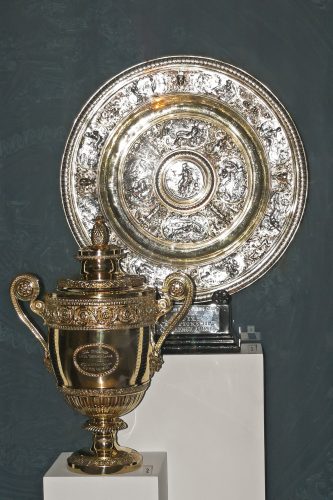
Losing a beloved piece of jewelry can be extremely painful, often more painful than one would expect it to be. And as jewelers, we know why: jewelry symbolizes more than gems and metal. That special piece represents deeply held feelings of romance, love, family, loyalty and heritage.
So when a piece of jewelry is lost, it can have a profound effect on the wearer, often lasting a long period of time, sometimes years or even a lifetime.
Here are some gems of advice we’ve provided to those who have lost that special piece. Hopefully some of these words can help you on your path:
What the piece symbolized is always yours. A ring is just a thing. What it represented is yours forever. That piece of lost jewelry symbolized something that surpasses its material presence. Spend some time writing down what that lost piece of jewelry meant to you and reflect on the very real fact that that deep and special meaning is never lost.
You can’t take it with you. An old adage, indeed…but it bears repeating. There is no material item that stays with you for eternity. Items in one’s life come and go. And at some point, all material items will become no more. It’s the transience of life and its a beautiful thing. Embrace the “come and go” of all life has to offer, including items of meaning.
Replace (to the best of your ability). No, you’ll never have that pearl bracelet your mother gave you on your wedding day. But you could have a new one made in honor of its meaning to you. This shows how an emotional legacy is encouraged to live on. Nothing will replace the original, we know. But the item in honor of it will have its own special place in your heart.







